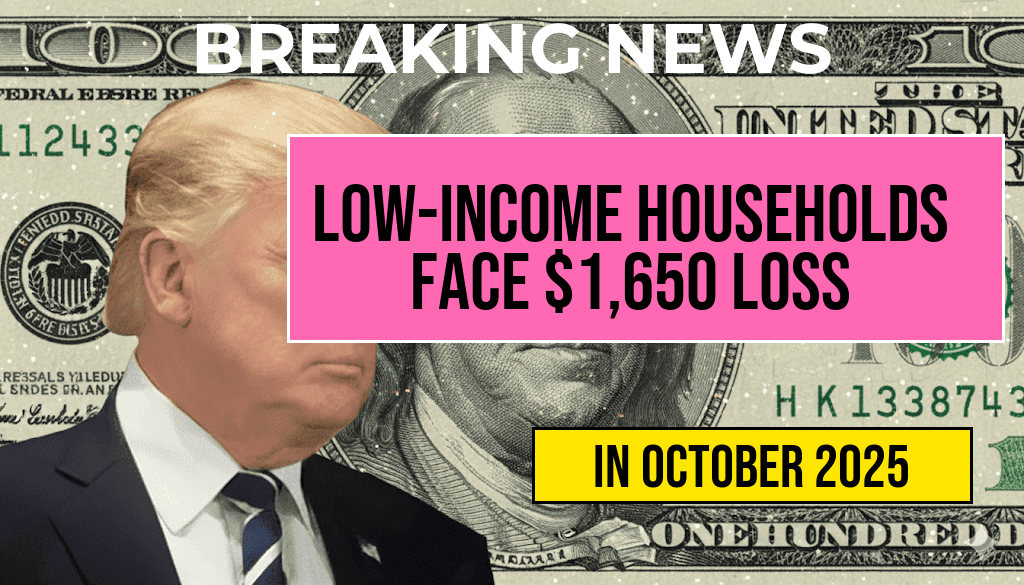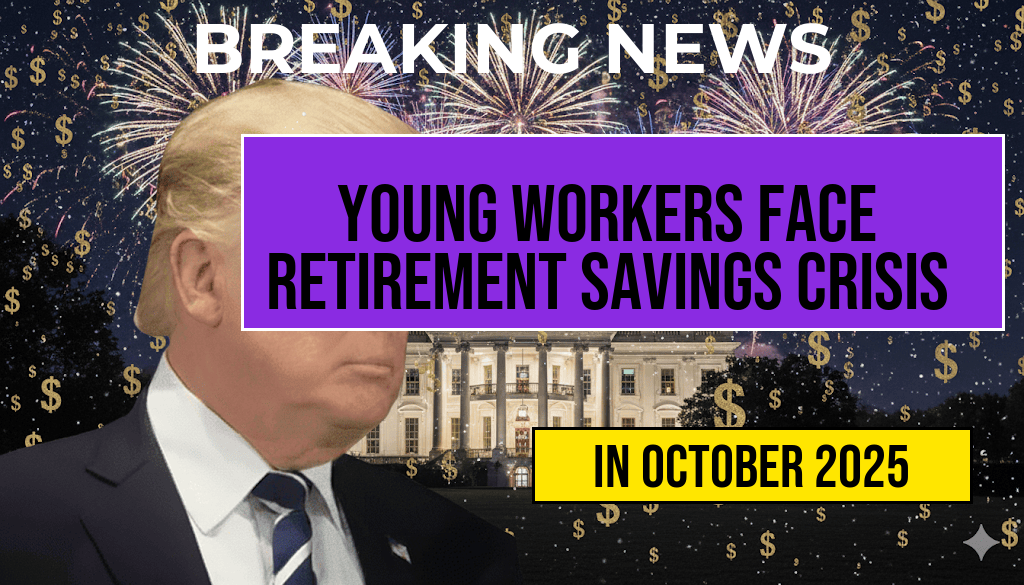Recent policy proposals are poised to tighten economic constraints on the nation’s most vulnerable households, with preliminary analyses indicating an average net loss of $1,650 annually for families already facing significant financial hardship. These measures, rooted in broader government efforts to recalibrate social welfare spending and fiscal sustainability, are expected to disproportionately impact households earning below the federal poverty line. Critics warn that the cumulative effect could deepen income disparities and hinder upward mobility among low-income populations, while policymakers argue that the reforms are necessary to ensure long-term fiscal health.
Details of Proposed Policy Changes and Their Expected Impact
Overview of Policy Adjustments
The upcoming legislative package aims to modify eligibility criteria and benefit structures for several social assistance programs, including Supplemental Nutrition Assistance Program (SNAP), housing subsidies, and Medicaid. Key proposals involve tightening income thresholds, reducing benefit amounts, and implementing stricter work requirements. These adjustments are intended to streamline welfare spending but are projected to have a significant financial toll on the poorest households.
Projected Financial Effects on Low-Income Families
| Income Bracket | Average Current Benefits | Projected Reduction | Net Effect on Household Income |
|---|---|---|---|
| Below 100% of Federal Poverty Level | $4,500 | $2,150 | -$1,650 |
| 100-150% of FPL | $6,300 | $1,950 | -$1,200 |
The table underscores how the most economically vulnerable households could see their annual income decline by about $1,650, exacerbating existing hardships and potentially pushing some families below subsistence levels.
Rationale Behind the Policy Changes
Fiscal Responsibility and Budget Reforms
Proponents argue that tightening eligibility and reducing benefits are necessary steps to curb government spending and address long-term budget deficits. They emphasize that these reforms align with efforts to promote personal responsibility and incentivize employment among welfare recipients.
Addressing Systemic Inefficiencies
Officials also contend that current welfare programs have become overly generous and prone to misuse. By implementing stricter eligibility criteria, they aim to eliminate fraud and ensure resources are targeted towards those most in need. The Administration cites reports indicating that a small percentage of beneficiaries account for a disproportionate share of program costs, fueling calls for tighter controls.
Criticism and Concerns from Advocacy Groups
Potential for Increased Poverty and Homelessness
Advocates for low-income communities warn that these policy shifts could have devastating consequences. National organizations warn that cutting benefits may force families to choose between paying rent, affording nutritious food, or accessing necessary healthcare. Such pressures could lead to increased homelessness, hunger, and health crises among vulnerable populations.
Disproportionate Impact on Minority Communities
Research indicates that minority households are more likely to rely on social safety net programs. Experts warn that reductions could deepen racial and economic inequalities, making it more difficult for marginalized groups to escape poverty cycles. Income inequality is already a persistent issue, and policy changes risk widening the gap further.
Potential Long-Term Outcomes
Economic Mobility and Workforce Participation
Some policymakers argue that tightening welfare benefits could motivate more individuals to seek employment, thereby fostering economic mobility. However, data from various studies suggest that poverty reduction often requires comprehensive support systems, including affordable childcare and education, which are not addressed in the current proposals.
Monitoring and Future Policy Adjustments
Experts recommend close monitoring of the policy impacts once implemented. Adjustments may be necessary if negative trends such as increased poverty rates or health disparities emerge. The experience of past reforms, such as those enacted during the 2010s, highlights the importance of balancing fiscal discipline with social safety nets.
Additional Resources
- U.S. Census Bureau: Poverty Data
- Washington Post: Analysis of Welfare Policy Changes
- Wikipedia: Welfare in the United States
Frequently Asked Questions
What is the main impact of the new policies on low-income households?
The new policies are expected to reduce the earnings of the poorest households by a net $1,650, potentially affecting their financial stability and access to resources.
Which households are most affected by these policy changes?
The policies primarily target low-income households, especially those with limited earnings and resources, leading to significant income reductions for the poorest segments.
How will these policies influence the overall economic well-being of low-income families?
The expected income decline may lead to challenges in meeting basic needs, increasing financial hardship and potentially impacting their quality of life.
Are there any measures or programs to help households cope with these reductions?
Currently, the article does not specify additional assistance programs. However, policymakers may consider implementing support measures to mitigate the impact on vulnerable populations.
When are these new policies expected to take effect?
The article does not provide a specific implementation date. Stakeholders should stay informed for updates on the policy rollout and associated timelines.






